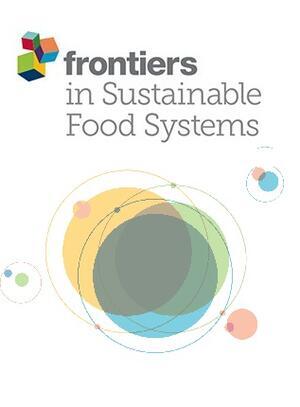
Mycotoxin hazards in the Kenyan food and feed market: A retrospective study
Abstract
Mycotoxins are toxic fungal metabolites naturally found in food and feed as contaminants. Animal feed and human food samples (n=1818) from three major Kenyan laboratories were categorized as compliant and non-compliant according to Kenya, America (USA) and Europe (EU) mycotoxin regulatory limits. Quantitative risk assessment of dietary aflatoxin intake in maize, wheat, peanut and dairy products in relation to human hepatocellular carcinoma was carried out employing deterministic approach. Non-compliant samples’ proportions were calculated, and logistic regression and chi-square test used to compare different commodities. Animal feed were least compliant, with 64% and 39% having total aflatoxin (AFT) levels above Kenya and USA standards, respectively. Peanuts were the most non-compliant food, with 61% and 47% samples failing Kenya and USA AFT standards respectively, while wheat was least compliant (84%) according to EU threshold for AFT. Half of baby food sampled
had AFT level above Kenya and EU standards. High non-compliance rate with Kenya, USA and EU regulatory thresholds with respect to seven different mycotoxins (summarized as “mycotoxins”), and also AFT and aflatoxin M1 alone in edible materials is reported. Significant non-compliance is reported for compound animal feed, peanuts, wheat, baby food, feed ingredients, herbal healthy drink, maize and
fodder feed in that order. High levels of aflatoxin residues in animal feed and human food was also observed. Lifetime human consumption of wheat and maize leads to high additional risk for primary liver cancer, human hepatocellular carcinoma (HCC) associated with dietary aflatoxin, wheat and its products causing the highest disease burden. Subsequent implications and limitations of current food safety standards are discussed. Humans and animals in Kenya appear to be chronically exposed to mycotoxin hazards: this calls for surveillance and risk management. There is urgent need for enhanced and consistent surveillance of the dietary mycotoxin hazards observed in this study employing representative sampling plans. Regulation and future research need to focus on reliable analysis techniques, collection of data on toxicological effects of mycotoxins and food consumption pattern, and regulatory limits accordingly set and compliance enforced to protect vulnerable groups such as paediatric, geriatric and sick members of the society to reduce cancer burden in Kenya.
Citation
Kibugu, J., Mburu, D., Munga, L., Lusweti, F., Grace, D. and Lindahl, J. 2022. Mycotoxin hazards in the Kenyan food and feed market: A retrospective study. African Journal of Food, Agriculture, Nutrition and Development 22(1): 19306–19325.









